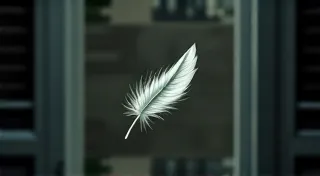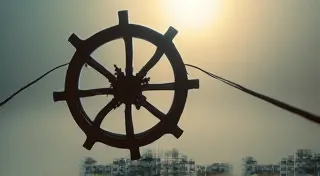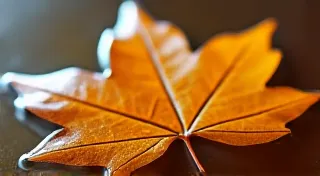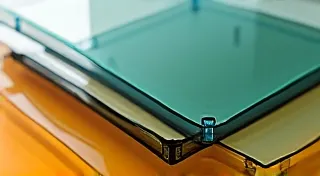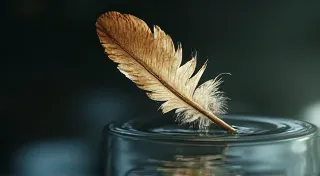Broken Lenses & Fractured Narratives
There's a peculiar beauty in decay. Not the sterile, clinical kind you find in abandoned warehouses slated for demolition, but something deeper – a beauty born of time's patient artistry. Think of a well-worn leather armchair, softened by decades of use, or the delicate cracks spiderwebbing across an antique porcelain doll. And then there are viewfinders, tiny windows into the past, often neglected, sometimes broken, and always holding a silent story waiting to be rediscovered. Restoring vintage viewfinders isn't just about fixing a piece of equipment; it’s about piecing together fragments of a lost world, a fractured narrative seen through the imperfect gaze of history.
I remember finding my first damaged viewfinder at a flea market in rural Pennsylvania. It belonged to a massive, folding Kodak Brownie Six, the kind used by amateur photographers in the early 20th century. The leatherette covering was peeling, the bellows were stiff and brittle, and a significant crack ran across the focusing screen, obscuring a portion of the image. I almost passed it by. It was incomplete, imperfect, seemingly beyond repair. But something – a glimmer of something lost – compelled me to buy it. That viewfinder, that small piece of history, whispered tales of picnics and family vacations, of weddings and landscapes captured decades before I was born. The crack, I realized, wasn’t a flaw; it was a lens through which a different perspective could be found.
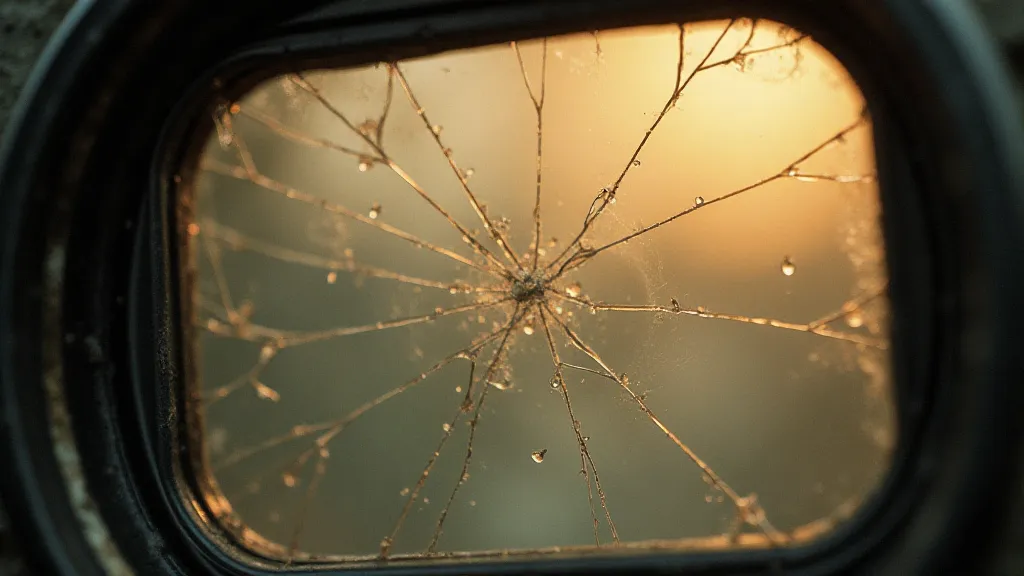
The Silent Witnesses: Viewfinders and Their History
The history of viewfinders is intrinsically linked to the evolution of photography itself. Early cameras relied on simple, often rudimentary framing devices – a corner of the photographer's body, a makeshift wooden frame. As cameras became more portable and accessible, the need for more sophisticated viewfinders grew. Accordion-style folding cameras, popular in the late 1800s and early 1900s, frequently incorporated compact, yet elegant, viewfinders designed to compensate for the lack of direct visibility through the lens. These early viewfinders, often made of brass, bakelite, or wood, were intricately designed, demonstrating a level of craftsmanship rarely seen today. They were functional, yes, but also beautiful objects – miniature works of art meant to be admired.
The Great Depression and World War II dramatically impacted photographic equipment. Materials were scarce, and production was focused on wartime needs. Many viewfinders suffered damage through neglect or rough handling. Post-war, while cameras slowly returned to civilian hands, many viewfinders remained unrepaired, relegated to dusty attics and forgotten basements, patiently awaiting rediscovery.
Distortion as Inspiration: Seeing the World Anew
When I first started experimenting with damaged lenses, I initially viewed the cracks and imperfections as obstacles. My goal was purely about restoration - bringing the viewfinder back to its 'original' state. But I quickly realized that these imperfections weren't just flaws to be corrected; they were opportunities. The distortions they create – the light flares, the soft focus edges, the way they fragment the image – introduce an element of unpredictability and artistic depth that a pristine lens simply can’t match.
Think about it. A perfectly sharp, perfectly framed image can be technically brilliant, but it can also feel sterile, impersonal. The imperfections inherent in a damaged viewfinder, on the other hand, inject a sense of vulnerability, of human fallibility. They remind us that the world is not always clear-cut, that perspectives are subjective, and that beauty can be found in the unexpected.
Consider the possibilities for storytelling. A fragmented image can mirror a fragmented memory. A light flare can represent a moment of clarity amidst confusion. A soft focus edge can symbolize a fading relationship. The viewfinder becomes not just a tool for capturing reality, but a vehicle for expressing complex emotions and exploring unconventional narratives.
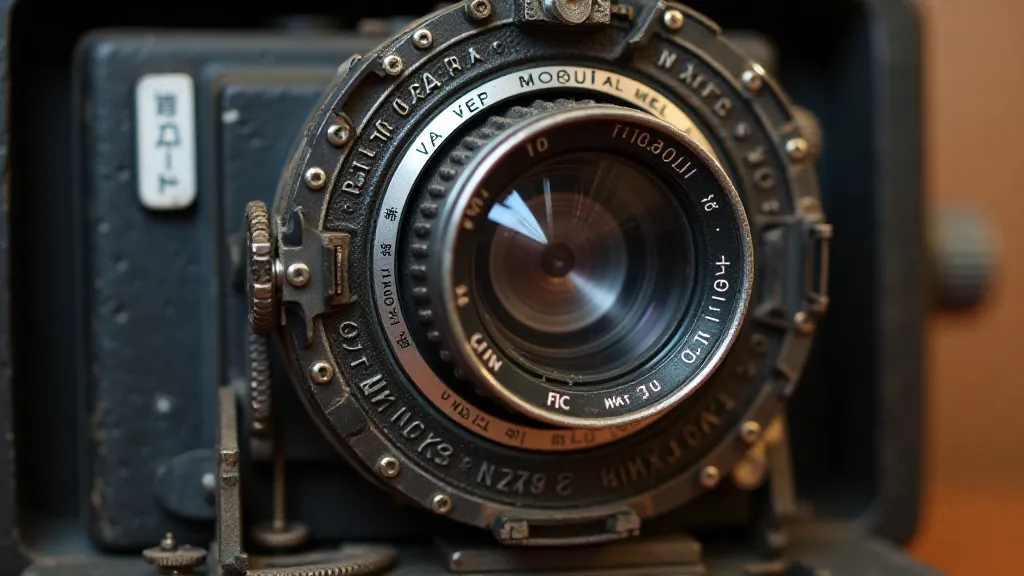
The Craft of Restoration: A Delicate Dance
Restoring vintage viewfinders is a delicate process that requires patience, precision, and a healthy dose of respect for the history embedded within each component. The materials are often fragile – dried leather, brittle bellows, aged metal – and any attempt at repair must be undertaken with extreme care.
Cleaning is the first step, but it's also the most crucial. Dust and debris can obscure details and compromise the functionality of the viewfinder. Specialized cleaning solutions are often required, and gentle brushes are preferred over harsh chemicals. Bellows, often the most vulnerable part of the viewfinder, often need patching or even replacement. Focusing screens can be cleaned or, in severe cases, replaced with replicas.
The key is to strike a balance between preservation and restoration. While it's important to address any functional issues, it's equally important to retain the original character and patina of the viewfinder. A perfectly restored viewfinder, stripped of its imperfections, loses a part of its soul. The goal is not to make it look new, but to stabilize it, to protect it, and to allow it to continue telling its story for generations to come.
Many restorers believe in leaving evidence of previous repairs, seeing it as a mark of authenticity and a testament to the viewfinder’s journey through time. A tiny patch on a bellows, a carefully applied layer of sealant, these are not flaws; they are chapters in the viewfinder’s ongoing narrative.
More Than Just Optics: A Connection to the Past
Restoring vintage viewfinders is more than just a hobby; it's a connection to the past. Each viewfinder represents a moment in time, a snapshot of a bygone era. It’s a tangible link to the people who used it, the places they photographed, and the stories they wanted to share.

When I hold a restored viewfinder in my hands, I don't just see a piece of equipment; I see a legacy. I see the ingenuity of the engineers who designed it, the craftsmanship of the workers who built it, and the passion of the photographers who used it. And I feel a deep sense of responsibility to preserve that legacy for future generations.
Perhaps you’ve found a damaged viewfinder yourself. Don't dismiss it as flawed. Look beyond the imperfections, embrace the distortions, and allow it to inspire your own unique perspective on the world. Because sometimes, the most beautiful stories are told not through perfect clarity, but through broken lenses and fractured narratives.
